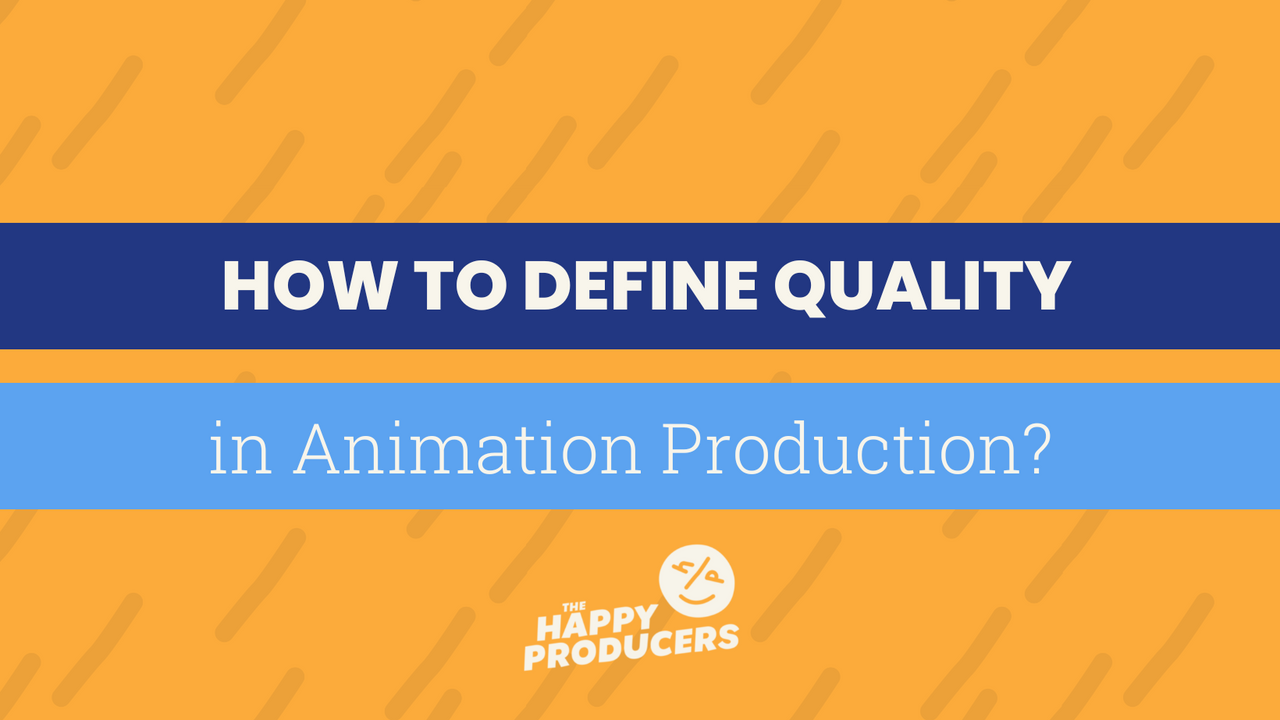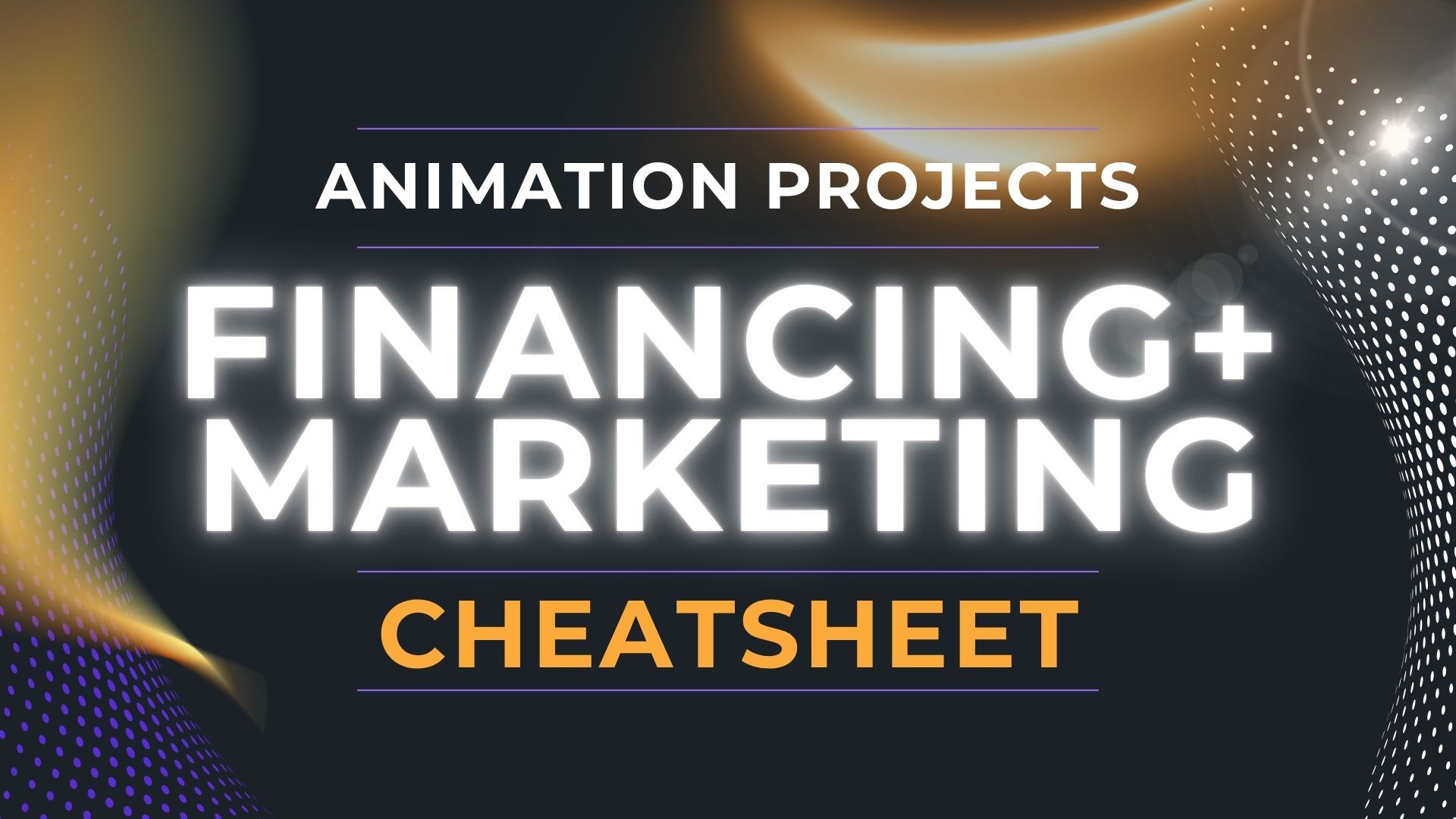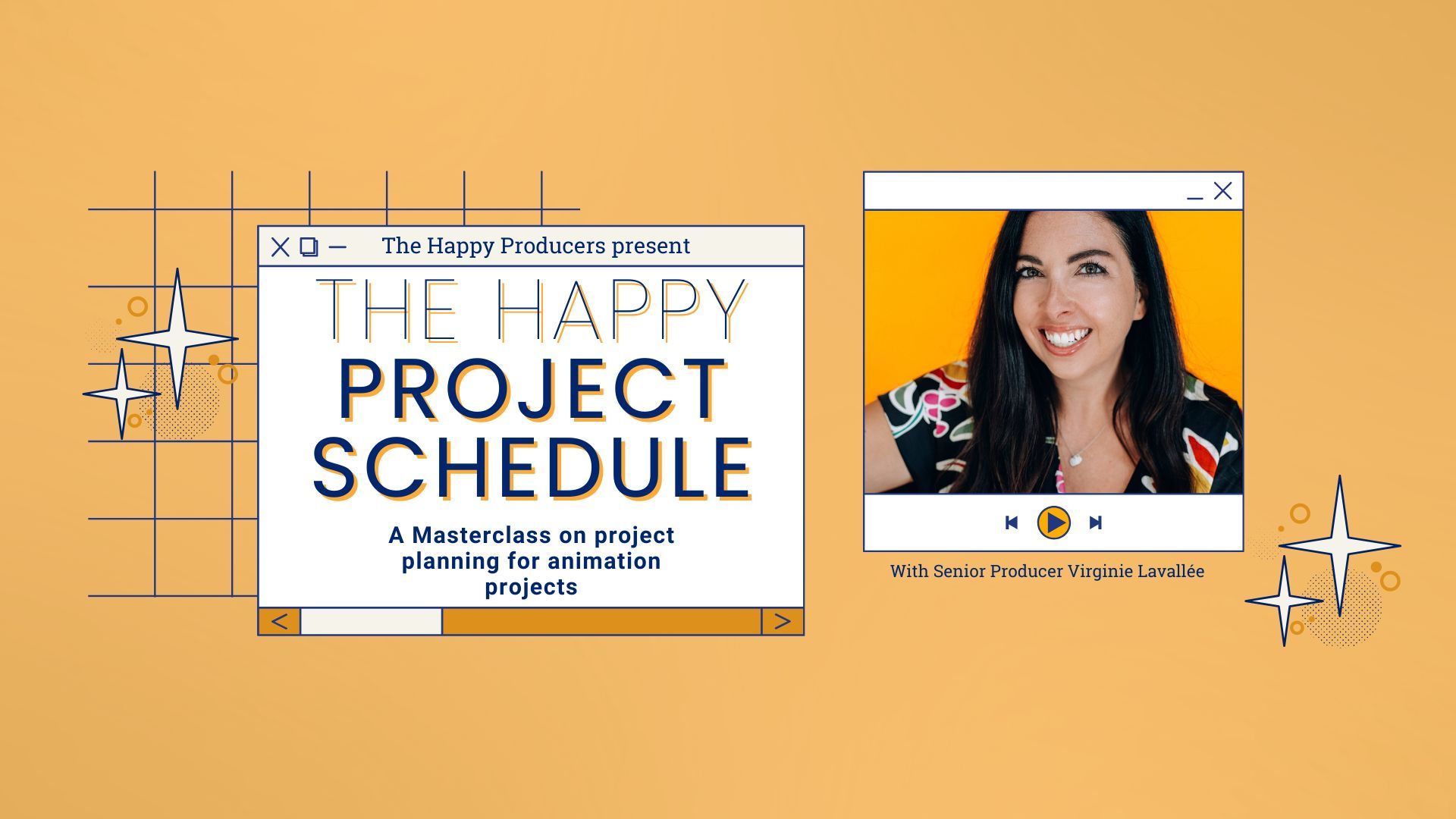How to Define Quality in Animation Production?
Dec 09, 2022
An introduction to the concept of ”value-grade” for animated products
In my 22 years in the animation industry, I have heard the term ‘’quality’’ dipped into so many different sauces that I started doubting there was a unified definition.
‘’This animated series will be of great quality!’’
LEOPOLD, THE AMBITIOUS PRODUCER WITH BIG DREAMS
JEN, THE PRAGMATIC LINE PRODUCER
‘’This is not the quality we agreed on!’’
LUIS, AN ENTHUSIASTIC TODDLER
‘’Pa’ Patrow’! Paw Patrowl, Mommy!!!’’
Everybody wants ‘’quality’’. As creatives, producers, and consumers. Yet, how can it be defined? To do so, we tend to draw comparisons with existing projects so all can understand what the heck we are trying to do.
‘’Imagine ‘’Spongebob Squarepants’’ meets ‘’Star Wars’’. An undersea adventure where a young Spongebob must leave its home reef to take on an adventure of self-discovery and fight against a rising evil in the ocean. Oh, and everybody is related to one another.’’
By itself, drawing such a parallel is an easy way to create a mental image of the show in question. But if we’d ask Jen, our pragmatic Line Producer, to bid on this ‘’Spongebob Squarepants/Star wars show’’, on which ground would she and her talented team could build their proposals?
Not so easy, right?
Because If I were to ask ‘’what is quality?’’ to you, your best friend, and their grandma, everybody would come up with a different answer. This is because quality is a subjective concept.
Imagine producing 52 episodes of 11 minutes based on a subjective concept.
‘’Yikes!’’
TODD, YOUR SLEEP-DEPRIVED AND TALENTED CG SUPERVISOR
So. How to define ‘’quality’’?
Let us go back to our producer with a big dream, Leopold, and ask him to elaborate on his pet project.
‘’Can you make it look like ”Into the Spiderverse”?’’
Sounds familiar?
Yeah, we all have been in this prickly situation, and we all have the scars to show for it.
We often use quality as an umbrella term.
We do not discriminate between the visual quality (the aesthetic) and the inherent complexity (the features).
- Aesthetic: How does it look? What is the style?
- Features: 2D, CG, numbers of assets, simple or complex animation, fur/hair simulation, FX, etc.
We agree ”Into the Spiderverse” did not cost the same as a typical Saturday morning cartoon.
A high-budget feature film and a tv series are unique products with a specific ‘’grade-value’’.
Why is ‘’grade-value’’ an aspect to consider when discussing quality, you may ask?
What led me to this idea was Entrepreneur/writer/blogger/podcaster/and-all-around-cool-dude, Richie Norton.
‘’I started thinking about grades of value over quality when one of our clients at Prouduct asked about the quality of a sample. We quickly realized that our language around quality and the language of our Chinese supplier around quality were different.’’
RICHIE NORTON, ENTREPRENEUR/WRITER/BLOGGER/PODCASTER/AND-ALL-AROUND-COOL-DUDE
Richie introduces the concept of agreeing on a product’s ‘’grade-value’’ before discussing quality.
Let’s think of Paw Patrol, Moana, Rick and Morty, My Neighbor Totoro, Love, Death, and Robot and Pocoyo.
These examples are great products within their respective category, or ‘’product grade’’ as Richie would put it. But comparing them against one another without considering their grading is a mistake.
For example, both Paw Patrol and Moana are great within their grade but saying that Moana offers greater quality than Paw Patrol would be like saying metal is more excellent than paper.
As described by Richie Norton in this blog post, this is inaccurate, as the paper is of a lower ‘’value grade’’ than metal but can still be of excellent quality compared to other types of paper.
So how can we objectively establish the grade-value and the intended ‘’quality’’ of a project?
By drawing all the project prerequisites and listing all aesthetic references and desired features.
Building such a list takes time, lots of it. But it is time well invested as it encourages all parties to ask all the critical questions upfront.
Let’s ask Leopold if his example of ‘’Into The Spider-Verse’’ relates to the aesthetic value or features? Maybe Leopold loves the style of the characters, the colors, and overall mood but is willing to leave aside the high octane action sequences, numerous special effects, and high asset count, the production cost would be lower than if he wants to go all-in, and include both the aesthetic and the features of his reference project.
The aesthetic of a show has a subjective impact on overall production cost, but the features can drive the production cost exponentially. Therefore, keeping these two concepts separate is critical to making a proper ‘’grade-value’’ assessment.
Next time you discuss relative quality, make sure to ask:
‘’What product are we making?’’
Also, ask clarifying questions about:
- The aesthetic, what is creative centric and the visual style.
- The features, everything data-centric, the bells and whistles.
- The features will be the elements that will directly drive your cost.
- For us, this would mean:
- Assets breakdown; characters, locations, props, primary, secondary, episodic, variations, etc.
- Type of animation; key-framed, squash’n’strech, mocap, action-based or sitcom-inspired.
- Average of on-screen characters count
- Type of lighting; dynamic, static, shot or sequence-based
- Percentage of fx shots
- Etc.
Note that another product grade can inspire the aesthetic of a project.
For example, the fast-fashion industry sells clothing inspired by the high-fashion industry at an affordable price because they replicate the aesthetic but with features within their product grade-value.They select affordable fabric, mass-processed fabrication methods, and pre-defined sizes to keep costs low. Just like our producer, Leopold, would like to use ”Into the Spiderverse” as a visual inspiration and take similar features to a project within his product value grade like ”Star Wars: Clone Wars”.
It is critical the creatives, producer, and animation studio understand and agree with all the specs mentioned above.
What will warrant quality is the clear and transparent relationship between all parties involved in a project. The aesthetic and features List is a road map. As we move into production, some roads will be blocked along the way, and some new streets may not be on the map. Things are organic, and they will change. But at least you have something that is data-centric, objective, quantifiable, and that can be used as a clear point of understanding and an excellent place to start any re-negotiations when needed.
Congratulations!
You have unlocked a new way to assess the intended quality of any project!
I hope these tips help you make a better quality assessment of your next project.
Feel free to reach out to me if you need a hand!
Lp
Would you like your production to be less stressful and even more efficient?
Stay connected with news and updates!
Join our mailing list to receive the latest news and updates from our team.
Don't worry, your information will not be shared.
We hate SPAM. We will never sell your information, for any reason.




